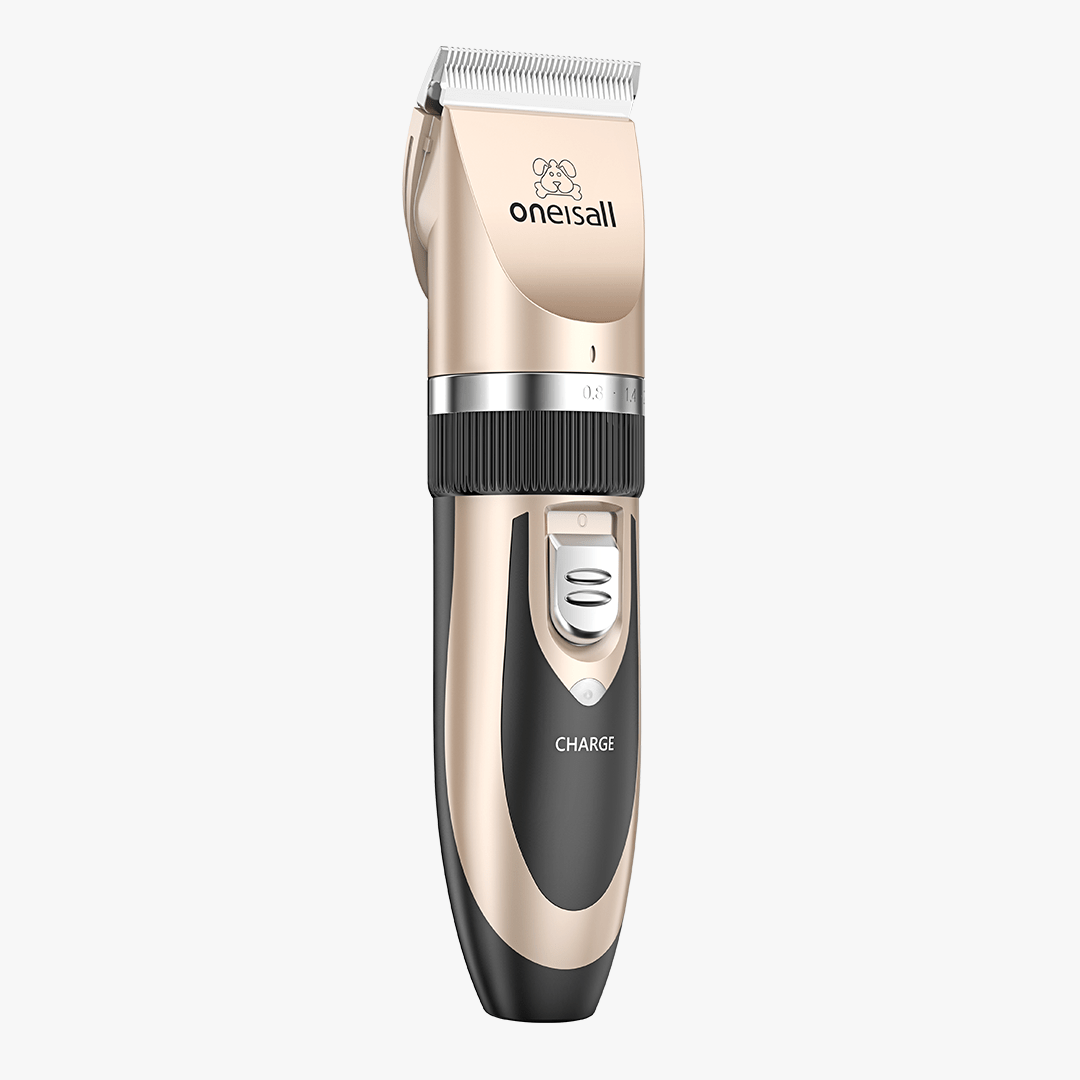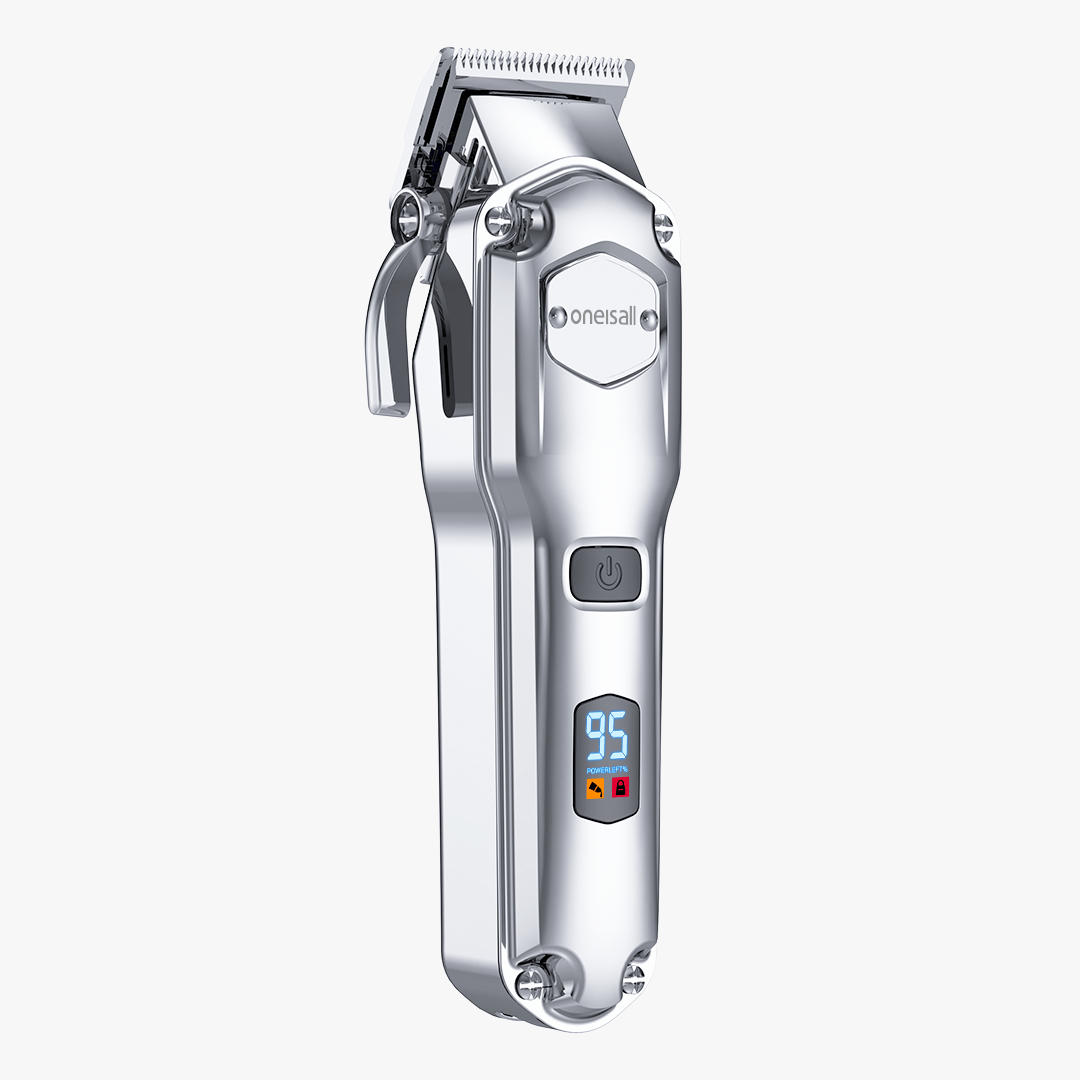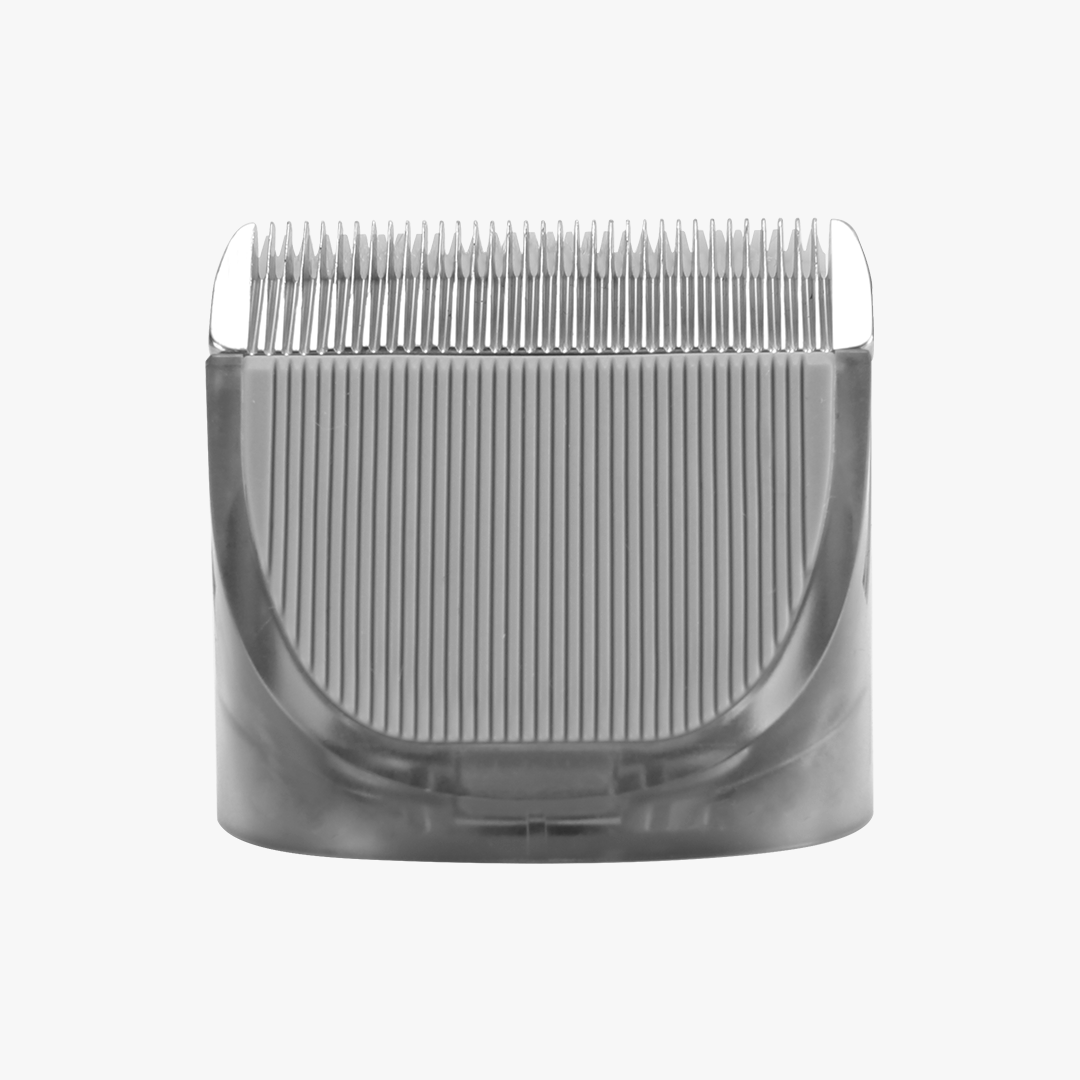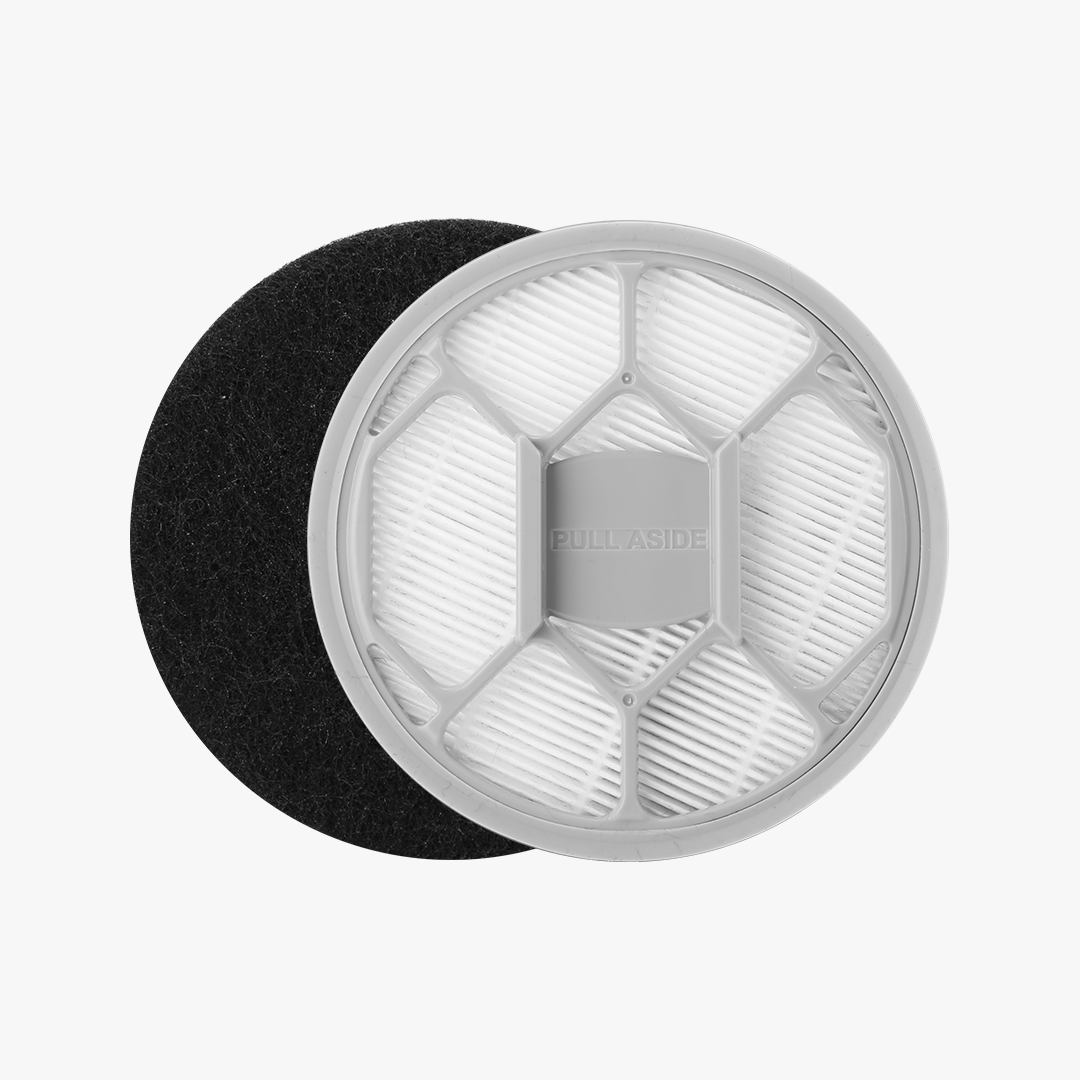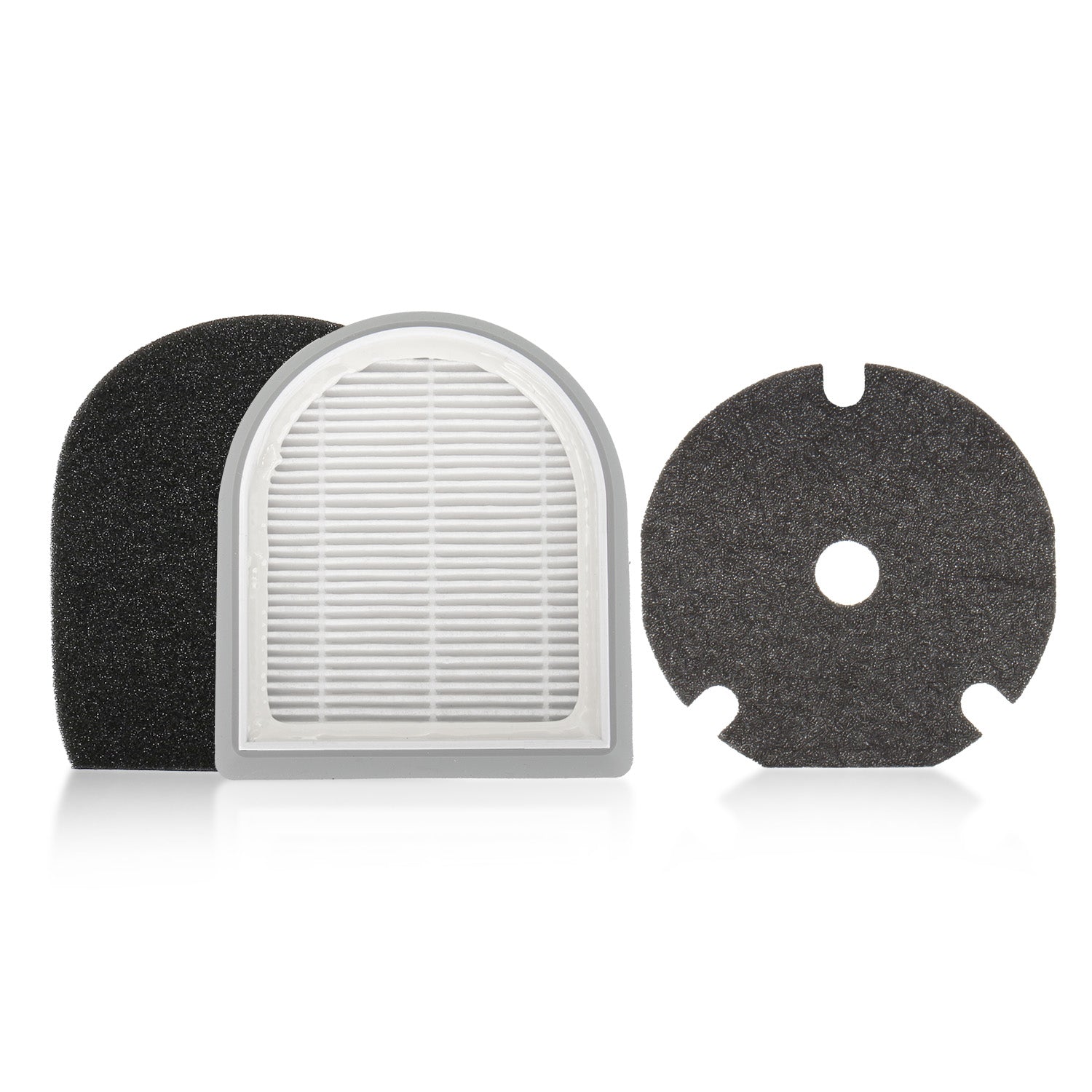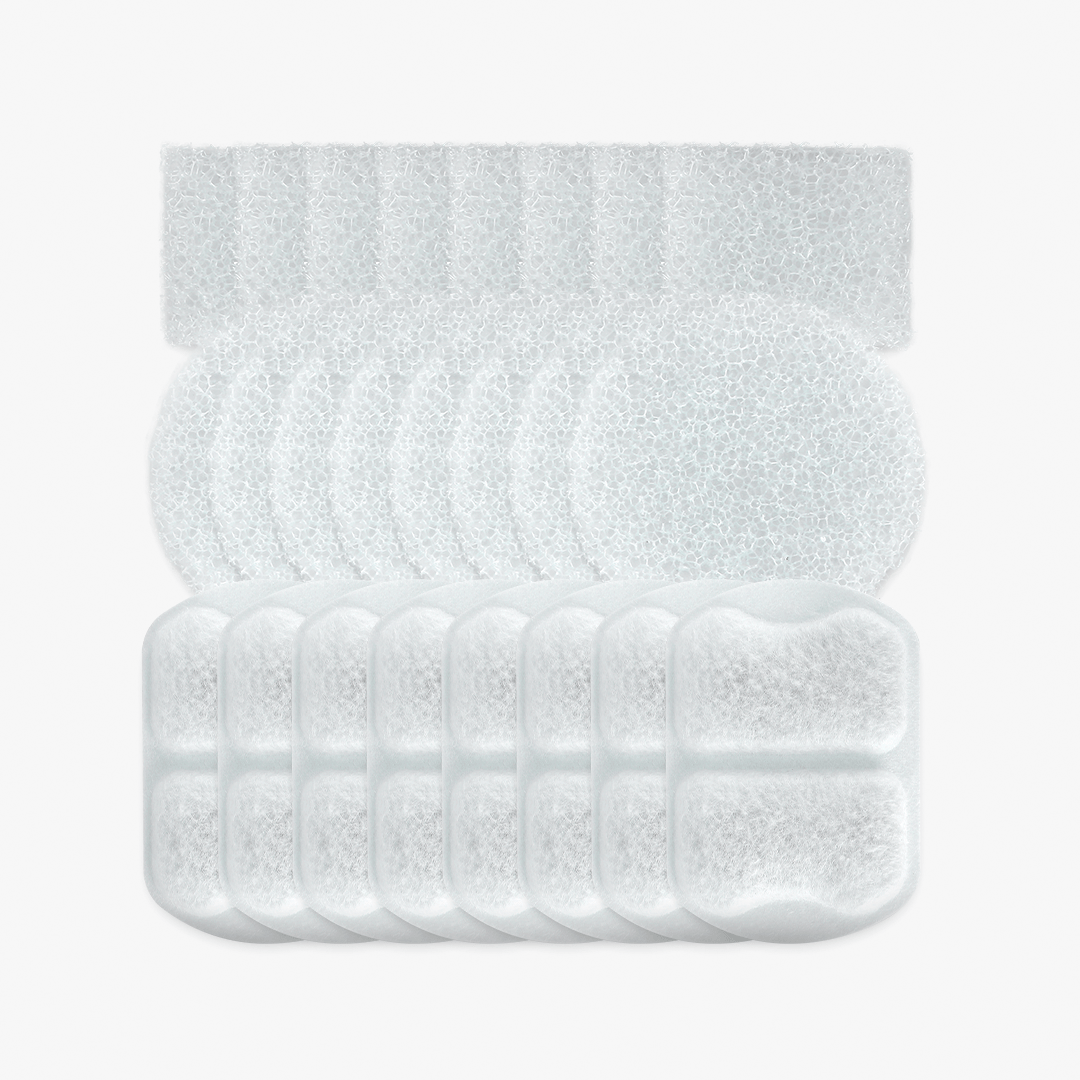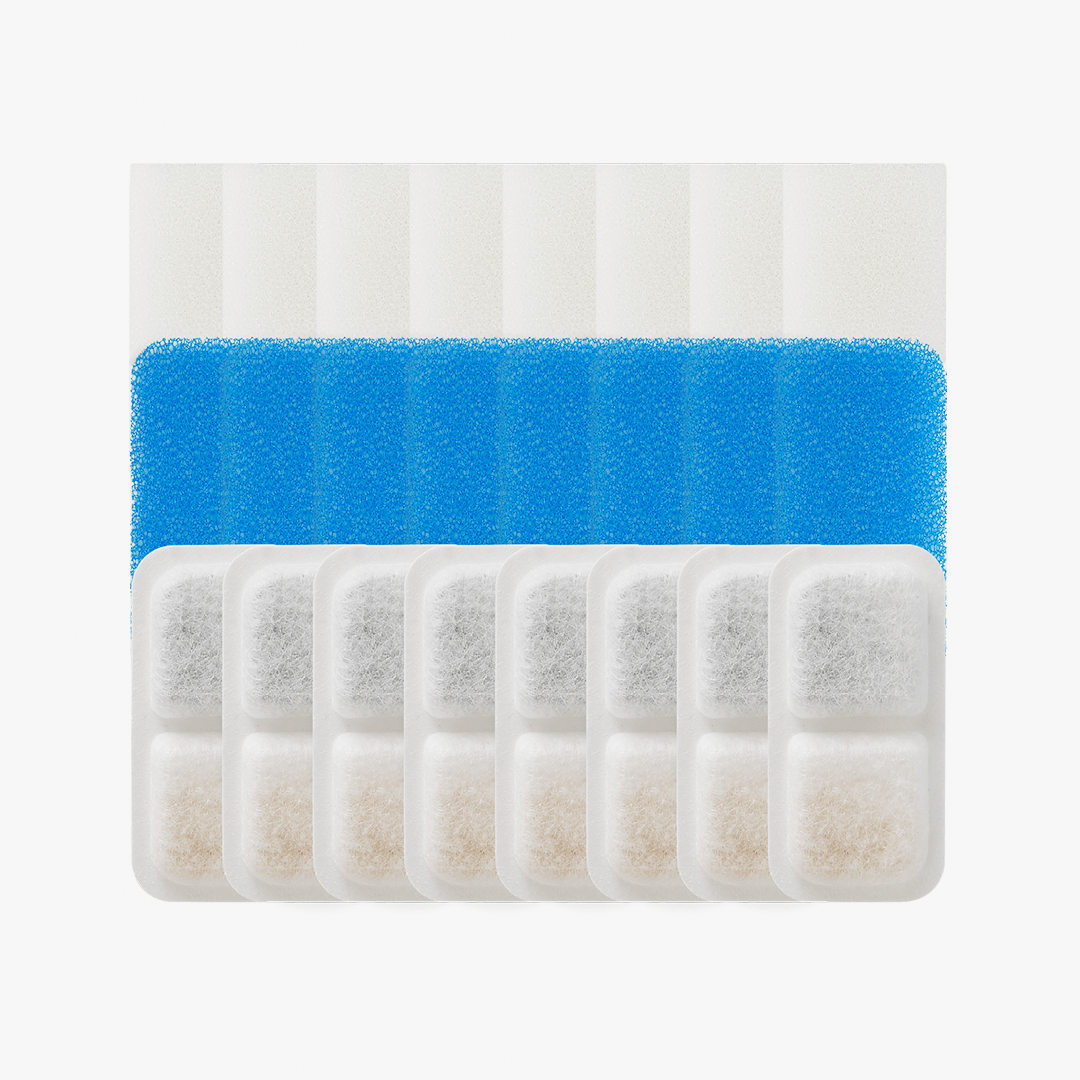How Often Should You Groom Your Dog?
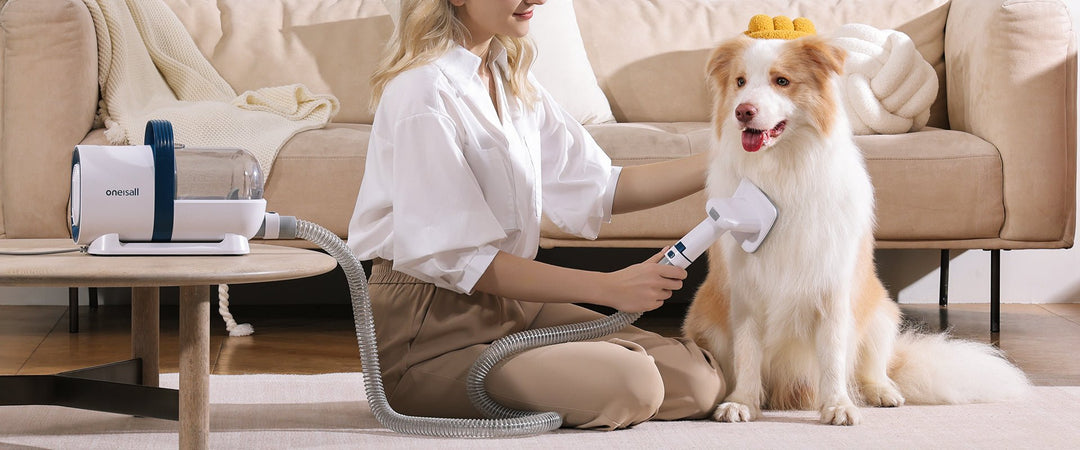
Dog grooming is more than just keeping your furry buddy looking clean and neat; it's an essential part of maintaining their health and well-being. Regular grooming can help detect underlying health problems, keep your dog comfortable, and enhance the connection that you share with your pet. Do you wonder how often should you groom your dog? This is a common question for dog owners, and the answer is largely influenced by several factors, ranging from the breed, coat type, and health condition of your dog. Let's take a look at the importance of dog grooming, its health benefits, and the right frequency of grooming your dog to ensure their happiness and well-being.
The Health Benefits of Dog Grooming
Grooming is not just about appearance; it plays a significant role in a dog's health. Bathing, brushing, and trimming your dog's coat helps remove dirt, dead hair, and oils that can accumulate on the skin, reducing the risk of infections and irritations. While brushing stimulates blood flow and can improve skin and coat health, the grooming session may allow you to notice lumps, skin irritations, or parasites that can further lead to timely veterinary care.
Dogs with long hair can easily become matted, causing discomfort and in worst cases, pain. Regular grooming helps to eliminate the risks of mats and tangles, ensuring your dog remains comfortable. Plus, routine brushing can help control the amount of loose fur, reducing shedding around your home.
By staying on top of grooming, you are not only enhancing your dog's appearance but also contributing to their overall health.
How Often Should You Groom Your Dog?
Grooming frequency depends heavily on factors like pet breed, lifestyle, coat type, and health. Here's a closer look at how often to groom your dog based on these considerations:
1. Breeds with Long Hair and Thick Coats
Dogs with long, thick and rich coats, such as Golden Retrievers, and Afghan Hounds, call for more frequent grooming to make sure they don't catch mats and tangles. For these breeds, brushing every day or at least 3-4 times a week is recommended. Regular brushing helps to keep their coats free from debris, reduce shedding, and prevent painful matting.
Bathing these dogs should occur every 4-6 weeks. It's important not to bathe them too often as excessive bathing can strip natural oils from their skin and coat, leading to dryness. In addition, regular trimming of their fur, especially around the eyes and paws, can help maintain their hygiene and comfort.

2. Breeds with Short Hair
Dogs with shorter coats, such as Beagles, Boxers, and Dalmatians, are generally lower maintenance when you talk about grooming. They don't mat as easily, but they still need regular brushing to get rid of loose fur and dirt. Brushing them once a week is usually sufficient to keep their coats healthy and minimise shedding.
As for bathing, these breeds can typically go longer between baths—every 8-12 weeks—unless they get particularly dirty or develop an odor. Their shorter coats make grooming easier, but they still require routine attention to prevent skin irritations or the build-up of natural oils.
3. Curly or Wiry-Coated Breeds
Dog breeds with curly or wiry coats, such as Poodles, Bichon Frises, and Schnauzers, need regular grooming to not only prevent matting, but also to maintain their coat's texture. These breeds should be brushed 3-4 times a week to keep their coats in top condition. In some cases, daily brushing may be needed if their hair tends to knot easily.
Bathing should occur about every 4-6 weeks, and professional grooming appointments for trimming are often required. Curly-haired dogs often need their coats clipped to a manageable length every 6-8 weeks, as their hair does not shed naturally.
Special Grooming Considerations
Here are some special considerations that you must keep in mind when it comes to dog grooming frequency.
1. Seasonal Grooming Needs
Seasonal changes can also impact your dog's grooming routine. In the warmer months, dogs tend to shed more as they lose their winter coats. During this time, more frequent brushing may be needed, even for short-haired breeds, to help manage shedding. In the winter, some dogs, especially those with longer coats, may require more frequent grooming to avoid matting caused by wet, muddy conditions.
Additionally, some dog owners choose to have their dogs' coats trimmed shorter in the summer to keep them cool, while others prefer to leave their dog's coat longer in the winter for added warmth.
2. Active and Outdoor Dogs
Dogs that are likely to spend major time outdoors or are very active need frequent grooming. Exposure to dirt, mud, and environmental elements calls for more frequent baths and brushing. For example, if your dog enjoys swimming, regular grooming can help prevent their coat from becoming musty or tangled.
It's important to clean and dry their ears after water exposure, as moisture can lead to ear infections. Similarly, paws should be inspected regularly for debris or injuries, especially in dogs that run on varied terrain.
3. Age and Health Considerations
Older dogs or dogs with health conditions may require special grooming routines. For instance, dogs with arthritis or joint issues might find it painful to stand for long periods, so shorter and more frequent grooming sessions might be needed. Additionally, dogs with skin conditions or allergies may require specific shampoos or grooming products prescribed by a veterinarian. Grooming older dogs can also help monitor their health more closely, ensuring that any physical changes are detected early.
Conclusion
Taking a look at the above discussion, it can be rightly said that the exact frequency of grooming your dog varies with a number of factors. Regular grooming not only keeps your dog looking its best but also contributes to its overall health and comfort. Long-haired and thick-coated breeds require grooming more often than short-haired dogs, but every dog benefits from regular brushing, bathing, and attention to their coat and skin.
By establishing a consistent grooming routine that matches your dog's needs, you'll help them stay healthy, comfortable, and happy all year round. Always consult with a professional groomer or veterinarian if you're unsure of the best grooming practices for your specific dog breed.
























